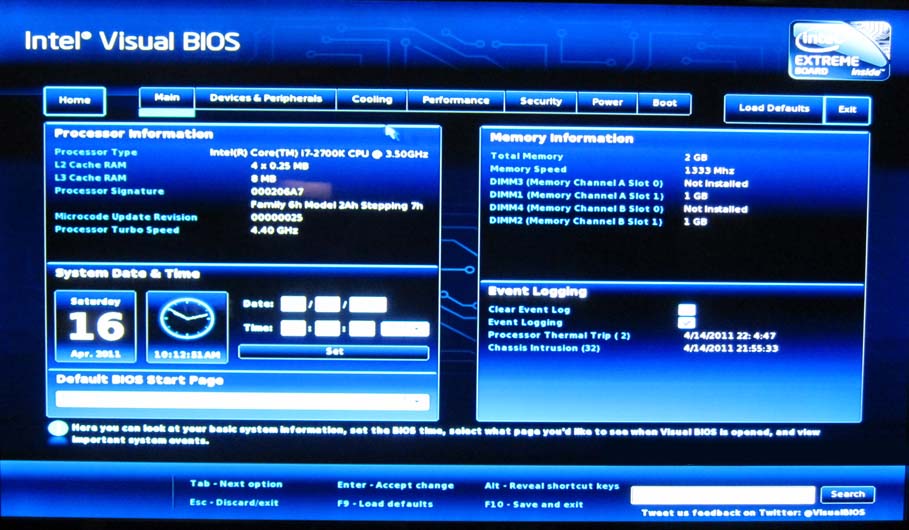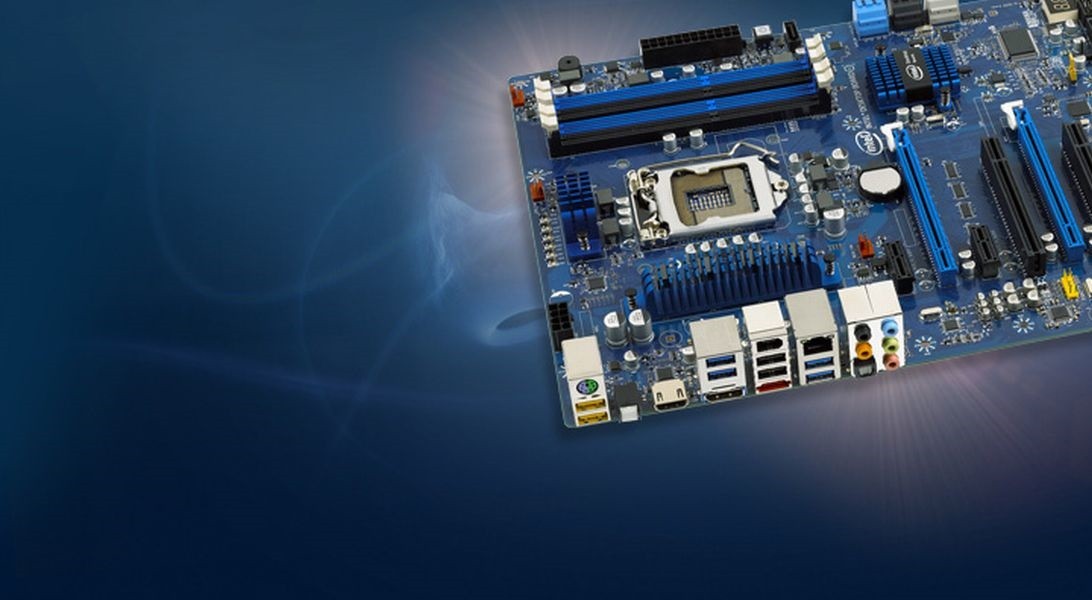

When the update is completed, the system will be rebooted.The system should reboot itself and begin the installation of the BIOS update.Use the dialog to browse to the USB flash disk and select the.When the BIOS splash screen appears, press the F7 key over and over until a selection dialog is presented.Insert the USB Flash Disk into one of the black USB 2.0 ports on the back panel of the board.Properly eject the USB flash disk from the PC before unplugging it.

If the format utility does not offer FAT32, this means that the USB flash disk you are attempting to use is too big (get another). Do not use exFAT or vFAT or any of the other forms. In a Windows-based PC (not Linux- or MACOS-based!), reformat a USB 2.0 (not USB 3.0!) flash disk, using the FAT32 (and no other!) file system, with the Quick Format option Disabled.BIO form and must be installed using the F7 method. I have attached a ZIP file containing BIOS 48. Do not use these executables, regardless of the source! First of all, understand that the Express BIOS Update capability for Intel Desktop Boards had a serious bug in it that could result in your board being bricked.


 0 kommentar(er)
0 kommentar(er)
